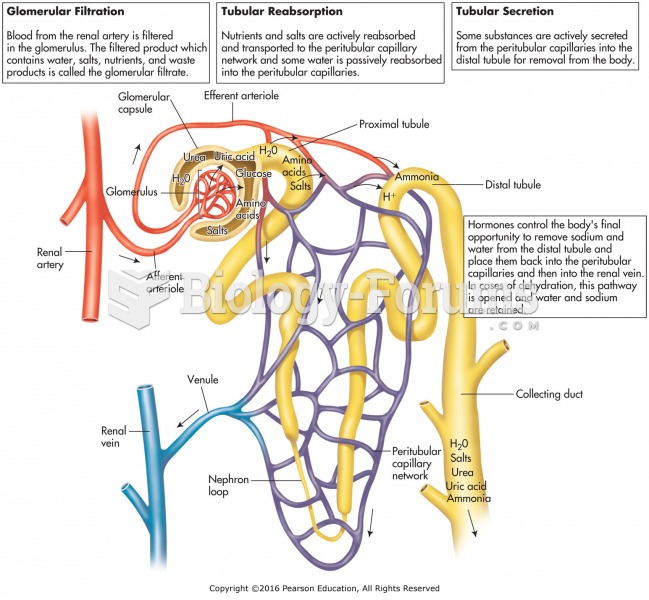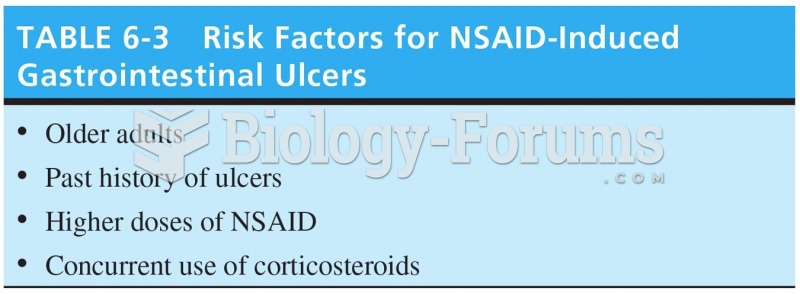Answer to Question 1
Correct Answer: 1,2
Rationale 1: Males of Mediterranean and African descent are known to have a deficiency of the enzyme G6PD, which can lead to hemolysis of red blood cells after administration of oxidative medications.
Rationale 2: Males of Mediterranean and African descent are known to have a deficiency of the enzyme G6PD, which can lead to hemolysis of red blood cells after administration of oxidative medications.
Rationale 3: Females are not known to have a deficiency of the enzyme G6PD, which can lead to hemolysis of red blood cells after administration of oxidative medications.
Rationale 4: Females are not known to have a deficiency of the enzyme G6PD, which can lead to hemolysis of red blood cells after administration of oxidative medications.
Rationale 5: Males of Native American descent are not known to have a deficiency of the enzyme G6PD, which can lead to hemolysis of red blood cells after administration of oxidative medications.
Global Rationale: Males of Mediterranean and African descent are known to have a deficiency of the enzyme G6PD, which can lead to hemolysis of red blood cells after administration of oxidative medications. Females are not known to have a deficiency of the enzyme G6PD, which can lead to hemolysis of red blood cells after administration of oxidative medications. Males of Native American descent are not known to have a deficiency of the enzyme G6PD, which can lead to hemolysis of red blood cells after administration of oxidative medications.
Answer to Question 2
Correct Answer: 2
Rationale 1: Angioedema involves facial edema, which can lead to difficulty swallowing and is considered a serious or life-threatening adverse effect, not a minor adverse effect.
Rationale 2: Angioedema involves facial edema, which can lead to difficulty swallowing and is considered a serious or life-threatening adverse effect.
Rationale 3: Side effects are predictable and less severe than angioedema and difficulty swallowing.
Rationale 4: Urticaria is manifested by hives.
Global Rationale: Angioedema involves facial edema, which can lead to difficulty swallowing and is considered a serious or life-threatening adverse effect. Side effects are predictable and less severe than angioedema and difficulty swallowing. Urticaria is manifested by hives.







